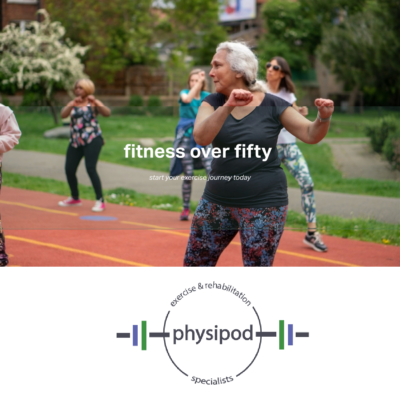 It may come as no surprise to you that aging is associated with declining balance. This is because our balance systems become less efficient as we age (Osoba et al., 2019). In older adults this is of significance as poor balance can increase the risk of falling which for many can have a detrimental impact on quality of life. To understand why this happens, let’s have a look at what makes up our balance systems and how they work.
It may come as no surprise to you that aging is associated with declining balance. This is because our balance systems become less efficient as we age (Osoba et al., 2019). In older adults this is of significance as poor balance can increase the risk of falling which for many can have a detrimental impact on quality of life. To understand why this happens, let’s have a look at what makes up our balance systems and how they work.
Your brain receives information from three main sources to help maintain your balance: your eyes, your ears (mainly your vestibular system), and your sensory receptors in your muscles, joints and skin. Each of these systems plays a role in helping you to feel steady. If you take one of these away, for example if you closed your eyes, the other two components would have to work even harder for you to feel steady. It is for this reason (reduced visual input) that people often tend to feel more unsteady at night or in the dark.
Another important thing to consider when thinking about balance is the role of muscle strength. Standing on one leg, for example, requires the muscles of the foot, the knee, and the hip to work together to keep you upright. A reduction in the strength of any of these muscle groups- for instance, following injury or in the presence of disease like osteoarthritis- would make this task much more challenging.
The good news is, many studies have shown that engaging in regular exercises that target the various aspects of our balance systems can lead to improvements in balance in older adults (Lee & Park, 2013; Thomas et al., 2019). Examples of these exercises include strength training (squats, lunges, etc) and balance-specific exercises (using a wobble board or standing on one leg).
If you would like to improve your balance, why not try some of these exercises at home? Here is a useful link to a website that describes some of these exercises https://www.ottawapublichealth.ca/en/public-health-topics/strength-and-balance-exercises.aspx
Alternatively, if you would like some one-to-one support with this, why not contact us to see how we can help you?
References
Lee, I.-H. and Park, S.-young (2013) “Balance improvement by strength training for the elderly,” Journal of Physical Therapy Science, 25(12), pp. 1591–1593. Available at: https://doi.org/10.1589/jpts.25.1591.
Osoba, M.Y. et al. (2019) “Balance and gait in the elderly: A contemporary review,” Laryngoscope Investigative Otolaryngology, 4(1), pp. 143–153. Available at: https://doi.org/10.1002/lio2.252.
Thomas, E. et al. (2019) “Physical activity programs for balance and fall prevention in elderly,”Medicine, 98(27). Available at: https://doi.org/10.1097/md.0000000000016218.



















